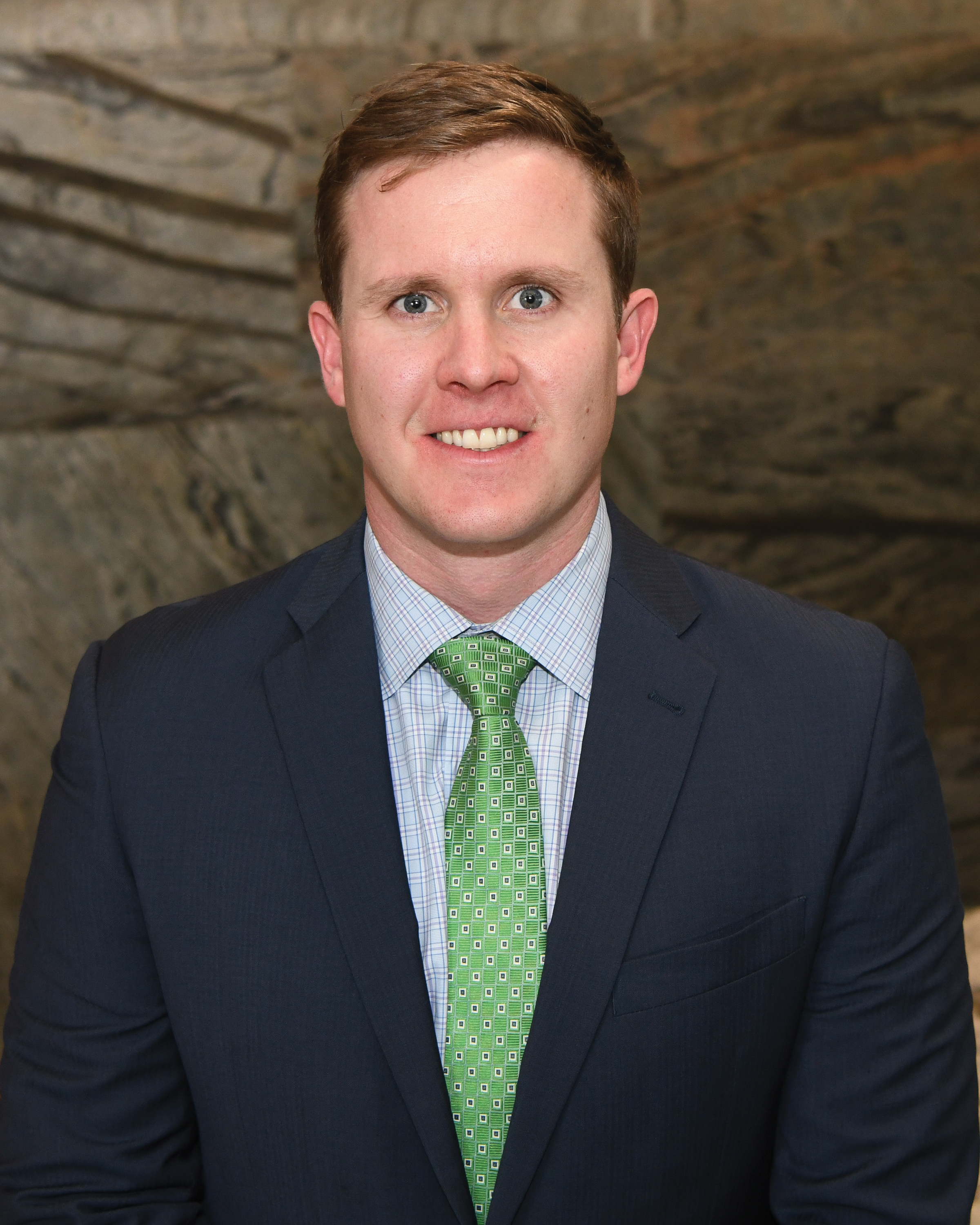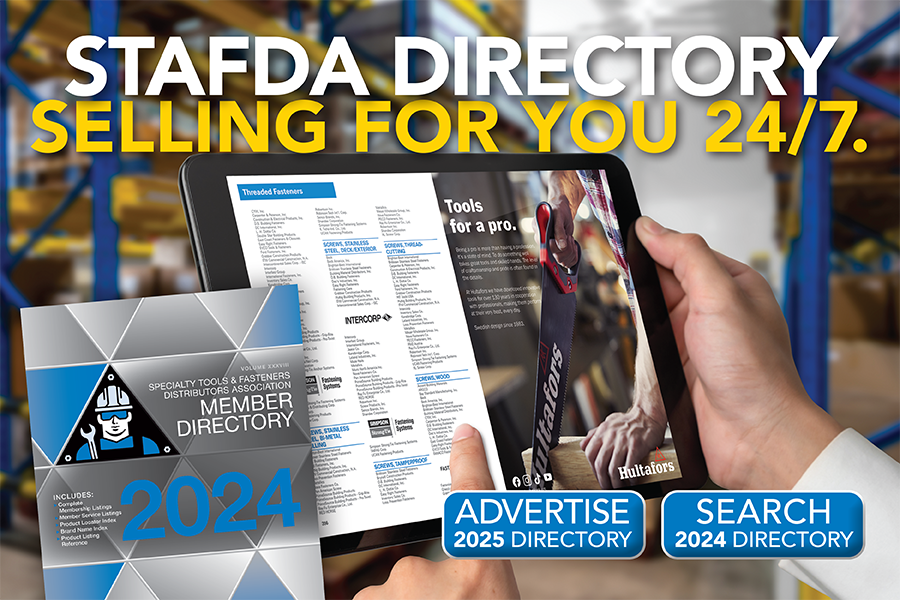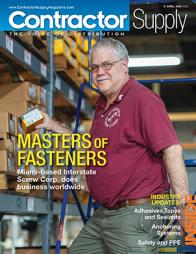Exclusive: How Saving for Retirement Will Be Different in 2024
The SECURE 2.0 Act of 2022 is effective now.
 By John Kelly Jr., Vice President & Financial Advisor, Kelly Benefits Advisory
By John Kelly Jr., Vice President & Financial Advisor, Kelly Benefits Advisory
Planning for retirement can be a daunting task, especially with the introduction of new regulations. The SECURE 2.0 Act of 2022, which goes into effect on January 1, 2024, is the latest major overhaul of retirement planning laws in the United States. The Act ultimately focuses on removing barriers to cultivating a healthy nest egg for retirement by targeting a wide range of eligibility requirements and contribution options. Below is what you need to know.
What is the SECURE 2.0 Act?
The SECURE 2.0 Act builds upon the original SECURE Act of 2019 with the goal of making it easier to help people save for retirement. It introduces new opportunities for individuals to build their retirement savings and provides employers with additional avenues to offer retirement plans. The Act includes a wide range of provisions, from making it easier for people to catch up on their savings to removing administrative barriers related to setting up retirement accounts.
How SECURE 2.0 Impacts Retirement Planning
The SECURE 2.0 Act makes it easier to save for retirement, although it introduces some additional considerations for certain groups, such as high earners. Here are some of the ways SECURE 2.0 could influence your retirement savings:
Automatic Enrollment for Retirement Plans
Before SECURE 2.0, employees typically needed to opt-in to their employer-sponsored retirement plans. Beginning in 2024, employers must automatically enroll their employees in any new 401(k) or 403(b) plan. The automatic contribution rate can vary from 3% to 10% and will increase marginally each year until the contribution reaches between 10% and 15%. Although employees can later choose to opt out, having a retirement plan as the default option increases the likelihood of participation and to launching one’s retirement savings.
Changes in Required Minimum Distributions
The SECURE 2.0 Act includes several changes to the required minimum distribution (RMD) system. It increases the age at which you need to start making withdrawals, eliminates RMDs for Roth accounts, and reduces penalties for missing an RMD.
Here’s an overview of the specific age limits and rates outlined in the plan:
- The RMD age increases from 70.5 to 73 for anyone who turned 72 after December 31, 2022.
- There will be a future RMD age increase to 75 for anyone turning 75 after December 31, 2023.
- The RMD penalty will drop from 50% to 25% of the missed amount.
- The RMD penalty can decrease to 10% when addressed in a timely manner.
Student Loan Payments Eligible for Employer Match
The SECURE 2.0 Act of 2019 introduced a new way for employers to support employees who are paying off their student loans. Much like employers can match employee contributions into their retirement accounts, they can now match qualified loan payments with retirement contributions. For example, if you pay $100 towards a qualified student loan, your employer could then contribute $100 to your 401(k) on a pre-tax basis. This can help you manage your student debt without neglecting your retirement savings.
Expanded Eligibility for Part-Time Employees
Previously, employers were required to include part-time employees in their retirement plans if they worked at the company for at least 500 hours per year for three years in a row. The SECURE 2.0 Act makes even more part-time employees eligible by only requiring them to have worked 500 hours per year for two consecutive years.
Optional Roth Contributions from Employers
Before the SECURE 2.0 Act, employers could only contribute to pre-tax plans like 401(k)s. After January 1, employers can give employees the option to receive their matching contributions on a post-tax basis in a Roth account instead. This gives you more flexibility when it comes to how you want to save for retirement.
Increased Limit for Catch-Up Payments
Many individuals may not have been able to save for retirement early in their careers, putting pressure on them to increase their retirement savings with catch-up payments. The SECURE 2.0 Act increases the cap on catch-up contributions, allowing people ages 60 to 63 to make higher payments into their 401(k)s and 403(b)s. Starting in 2025, the new limit will be the greater of $10,000 adjusted annually for inflation or 150% of the standard catch-up contribution in 2024.
High Earners Must Make Catch-Up Payments to Roth Accounts
Once the SECURE 2.0 Act takes effect, high earners must make catch-up contributions to a Roth account instead of a traditional 401(k). This applies to anyone earning more than $145,000 indexed for inflation. High earners should work with a financial advisor to consider how making contributions to an after-tax Roth account could impact their long-term retirement plan.
More Exemptions from Early Withdrawal Penalties
Because retirement plans are designed for long-term use, they come with financial penalties for making early withdrawals. The SECURE 2.0 Act introduces new exemptions from these penalties for individuals in certain situations who may need urgent access to their savings:
- Victims of domestic abuse may withdraw the lesser of $10,000 or half the value of their account.
- People seeking disaster relief can make withdrawals up to $22,000.
- People can withdraw up to $1,000 for emergency expenses.
- Withdrawals to cover expenses related to a terminal illness are also exempt.
Emergency Savings Account in Employer Plans
- Employees can contribute up to $2,500 for unanticipated expenses (eligible for employer-match dollars).
- Contributions are treated as after-tax, and distributions are tax- and penalty-free.
Navigating The Retirement Landscape
By staying current on new retirement laws, you can design a savings plan that suits your finances and retirement goals. Both employers and individuals can seek guidance from financial advisors to adapt to updates from the SECURE 2.0 Act as they roll out. Getting personalized support from an expert enables you to develop a customized retirement plan that fully leverages the new benefits of the SECURE 2.0 Act.
This information is not intended as authoritative guidance or tax or legal advice. Each plan has unique requirements, and you should consult your attorney or tax advisor for guidance on your specific situation. In no way does advisor assure that, by using the information provided, plan sponsor will be in compliance with ERISA regulations. CS
Securities are offered through LPL Financial, member FINRA/SIPC. Investment advice is offered through Kelly Benefits Advisory, a registered investment advisor and separate entity from LPL Financial.














